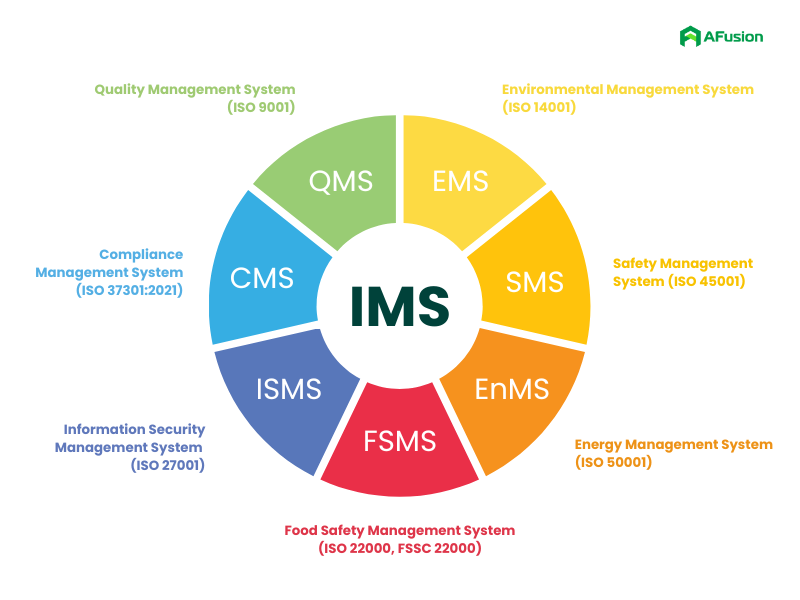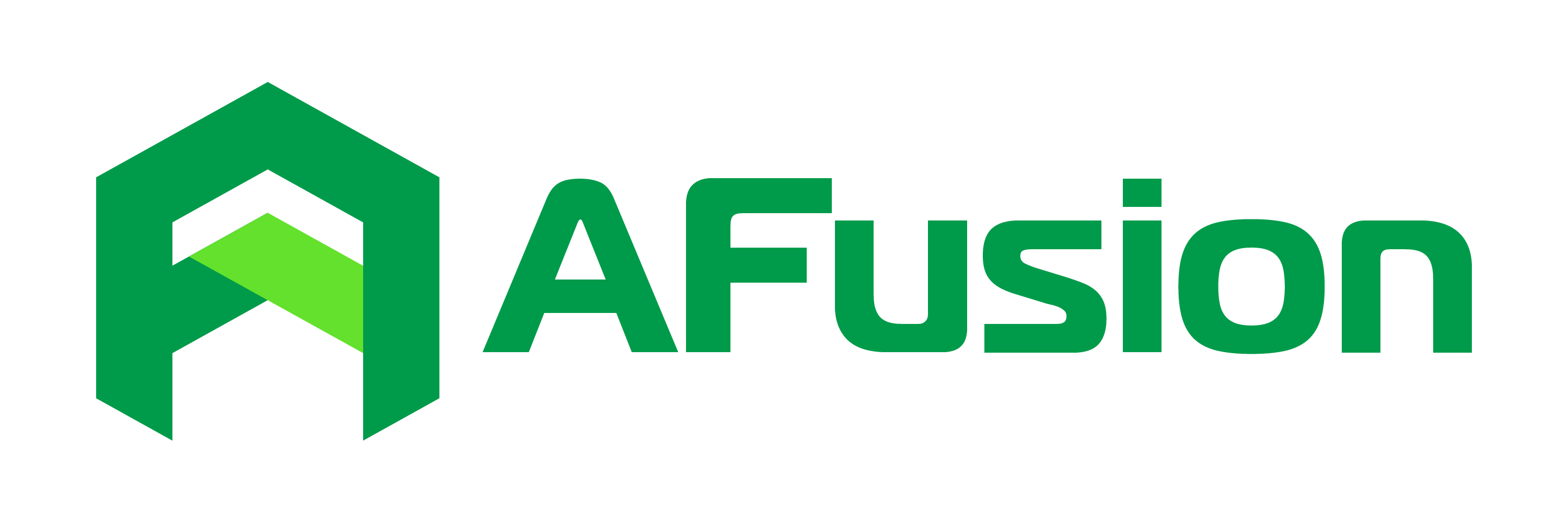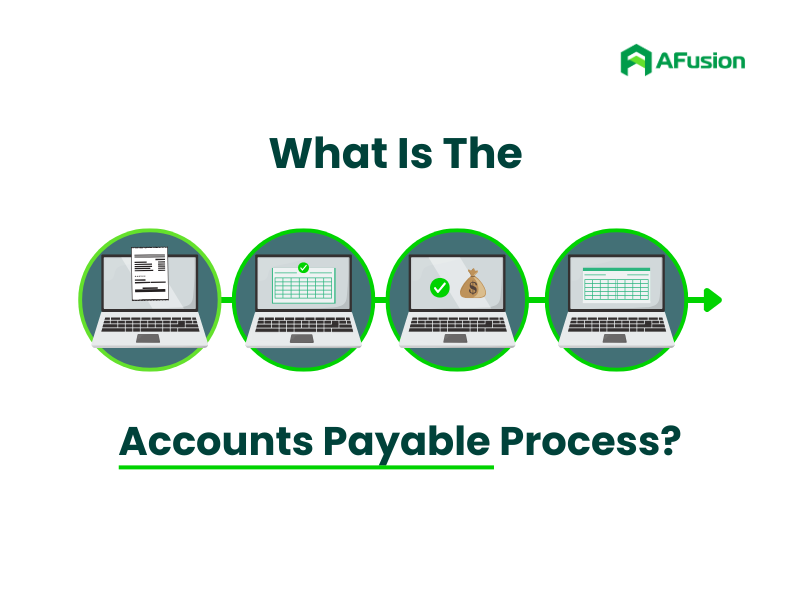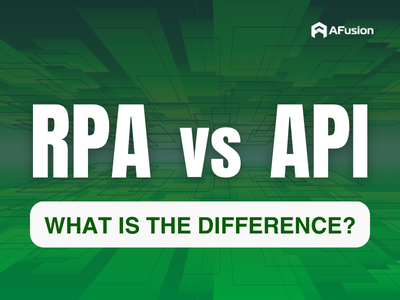Resources > Blog > 50> How Integrated Management Systems Help Businesses Improve Efficiency and Compliance?
How Integrated Management System Help Businesses Improve Efficiency and Compliance?
What is an Integrated Management System?
An integrated management system is a strategic framework that combines multiple organizational systems into a single, cohesive structure. It connects quality, environmental, health and safety, information security, energy, and food safety management under one model. Rather than handling these systems separately, an integrated management system allows companies to manage them through a unified set of objectives, policies, and procedures.
Many organizations use standards like ISO 9001 (Quality), ISO 14001 (Environment), and ISO 45001 (Health and Safety). Managing these independently often leads to duplicate work, inefficiencies, and conflicting goals. An integrated management system eliminates these issues by streamlining processes and aligning departments.
In today’s complex operating environment, a unified management system offers clarity, consistency, and control. It helps organizations meet compliance requirements while improving productivity and internal collaboration.
IMS = QMS + EMS + SMS + EnMS + FSMS + ISMS
An integrated management system can bring together several types of management systems. These typically include:
- QMS: Quality Management System (ISO 9001)
- EMS: Environmental Management System (ISO 14001)
- SMS/OHSMS: Safety or Occupational Health and Safety Management System (ISO 45001)
- EnMS: Energy Management System (ISO 50001)
- FSMS: Food Safety Management System (ISO 22000, FSSC 22000)
- ISMS: Information Security Management System (ISO 27001)

In many companies, each of these systems is handled by different departments. The quality team may focus on customer satisfaction, while the safety officer ensures legal compliance, and the environmental team manages waste and emissions. This siloed structure leads to confusion, duplicated efforts, and communication gaps.
A unified management system eliminates these barriers by aligning responsibilities and processes under one coordinated framework. The result is a more agile and connected organization that can adapt faster and operate more efficiently.
Integrated vs. Combined: What’s the difference?
A common mistake is assuming that simply combining reports or audit schedules means the organization has an integrated system. However, a truly integrated management system requires far more than shared documentation.
The British Standards Institute defines four stages of integration:
- Combined: Systems operate in parallel with separate records and goals
- Integratable: Common elements across systems are identified
- Integrating: Those common elements are actively aligned
- Integrated: A single system governs all standards using shared processes and unified goals
A fully ISO integrated management system enables the organization to manage compliance, quality, and safety through one cohesive set of controls. This improves accountability, reduces cost, and supports continuous improvement across the entire business.
Key benefits of Integrated Management Systems
Improved operational efficiency
An integrated management system reduces duplication and streamlines operations. Teams share data, audits are combined, and reporting structures are simplified. A single audit, for example, can review compliance with ISO 9001, ISO 14001, and ISO 45001 at the same time.
This efficiency saves time, reduces administrative burdens, and allows staff to focus more on core business activities.
Stronger compliance and risk management
By using one system to manage multiple standards, the business can address risks more effectively. A workplace safety issue may also have environmental implications. With an integrated management system, these risks are assessed together, ensuring a faster and more accurate response.
A properly implemented ISO integrated management system also helps track legal requirements and ensure timely updates. Compliance becomes proactive rather than reactive.
Lower operational costs
Companies often reduce costs by 30 percent or more after implementing an integrated management system. The savings come from combined audits, fewer training programs, unified documentation, and more efficient resource allocation.
Examples include:
- One annual management review instead of three or four
- Shared procedures and forms across departments
- Reduced need for external audits and consulting support
These financial benefits allow companies to reinvest in innovation, staff development, and strategic growth.
Unified culture and employee engagement
A unified management system fosters a stronger culture of collaboration. When employees across different departments follow consistent procedures and work toward common goals, internal communication improves. There is less confusion and a greater sense of shared responsibility.
Over time, this builds a workplace environment where employees feel more engaged and aligned with the company’s mission.
Employee-Focused Integration: The Key to Success
The success of any integrated management system depends heavily on employee engagement. Integration is not just about software or documentation. It is about embedding quality, safety, and environmental responsibility into everyday tasks.
Employees must understand how their actions impact the organization’s overall performance. When systems reflect real workflows, compliance becomes natural.
Let Employees Create Action Plans
Instead of relying solely on management to issue directives, involve employees in creating corrective and preventive actions. Their input often results in more practical and lasting solutions. Team members can contribute to:
- Root cause analysis
- Developing improvement plans that cover multiple areas
- Setting performance targets linked to broader business goals
Tools such as brainwriting, bubble sorting, and systems thinking workshops can support this process. These collaborative methods encourage innovation and buy-in, making implementation smoother and more effective.
A bottom-up integrated approach also builds trust and accountability across departments.
How to Successfully Implement an Integrated Management System
Step-by-Step Strategy
- Perform a Gap Analysis: Identify overlaps, inconsistencies, and missed opportunities across existing systems.
- Align Shared Goals: Develop common objectives and performance indicators that reflect the organization’s broader strategy.
- Develop Unified Documentation: Replace multiple policies and manuals with a single set of integrated documents.
- Train Staff by Function: Tailor training programs to job roles and show how tasks support multiple standards.
- Digitize and Monitor Progress: Use IMS software to manage documentation, assign responsibilities, and track audit outcomes.
- Combine Audits and Reviews: Conduct fewer, more comprehensive audits and reviews. This reduces workload while maintaining compliance.
A truly integrated management system is more than a bundle of checklists. It is a business tool that aligns people, processes, and standards under one operational framework. An effective IMS should be centered on employee responsibilities, built on processes rather than isolated standards, compliant with international frameworks, and aligned with overall business goals and results.
With the right structure and mindset, a company can move from fragmented operations to a fully unified management system that drives performance and accountability.
An integrated management system can operate independently, but it is more effective when combined with ERP software. ERP helps automate processes and collect accurate data, allowing the IMS to better analyze and control compliance. Integrating ERP with an End-to-End AP Automation Solution can further enhance efficiency by streamlining accounts payable processes and reducing manual tasks.
AFusion provides a robust financial solution with the ability to optimize End-to-End AP workflows, helping businesses streamline operations and focus on strategic growth. With AFusion’s API integration, ERP systems become smarter, more efficient, and ready for sustainable expansion.
Contact us for more useful information or to receive support in building an integrated approach that aligns with your organization’s goals.



 Previous Post
Previous Post Next Post
Next Post



